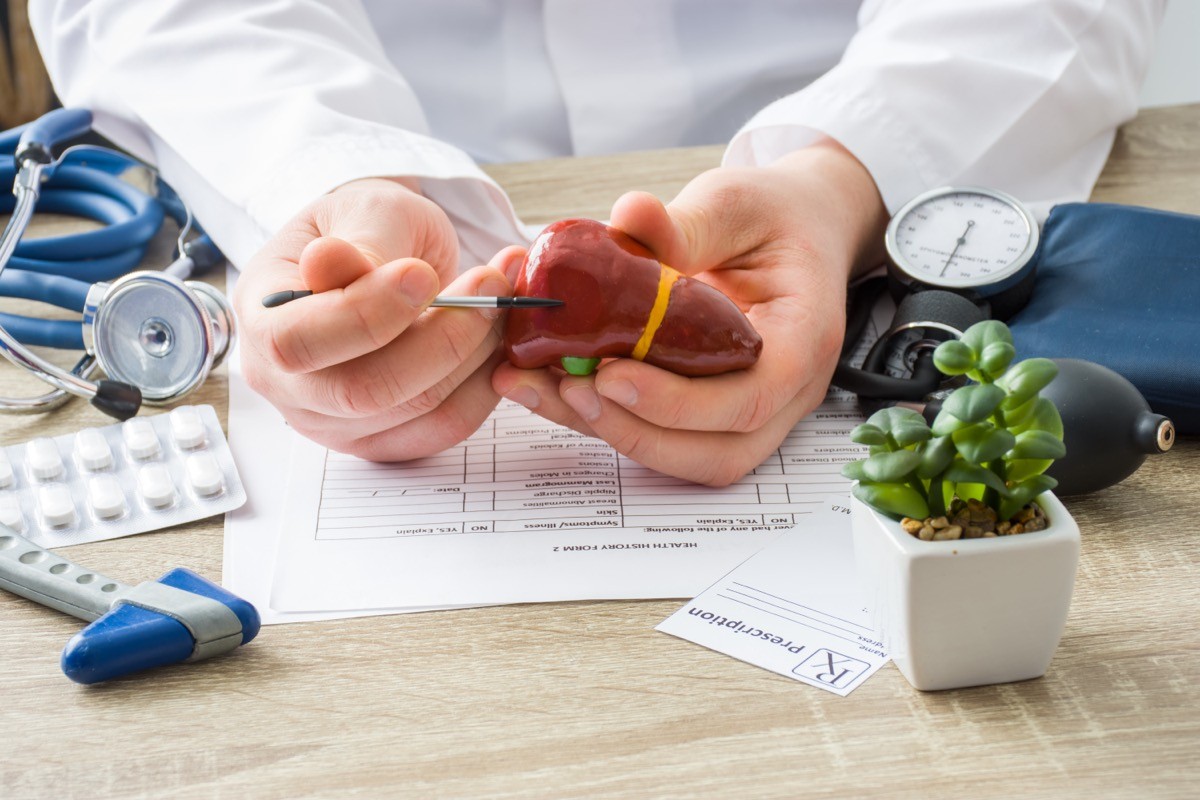5 Hidden Benefits of GLP-1 Weight Loss Medications Experts Are Noticing

Most of us have heard about GLP-1 medications and their impressive weight loss results. But beyond shedding pounds, these drugs are delivering surprising benefits that many patients never expected. Dr. Meghan Garcia-Webb, a Boston-based physician who has guided hundreds through their weight loss journeys, shares the unexpected advantages she's witnessed firsthand. Discover these "bonus benefits" that might make your GLP-1 experience even more rewarding.
Diminished Interest in Alcohol
Many patients experience a surprising shift in their relationship with alcohol while on GLP-1 medications. Dr. Meghan notes that numerous individuals report their interest in drinking simply fades away. "Some people they're like, yeah, I just don't even want to drink anymore," she explains in her post. What was once an eight on their interest scale might drop to a three, taking up less mental space altogether. This change likely stems from how GLP-1 medications affect the brain's reward circuitry, making both food and alcohol less entertaining for many users.
RELATED: 15 Things to Know Before Requesting Ozempic for Weight Loss
Controlled Overeating Tendencies

For those who struggled with out-of-control eating patterns, GLP-1 medications offer welcome relief. Dr. Meghan points out that patients who previously might have been candidates for medications like Vyvanse to treat compulsive overeating often find significant improvement with GLP-1 treatments. "They might really notice that that's just less of an issue for them," she shares. While it's difficult to predict exactly who will experience this benefit, it represents a life-changing advantage for those who do.
Reduced Inflammatory Pain

Your body fat does more than store energy—it functions as its own hormone-producing organ that can trigger inflammation. "Adipose tissue or fatty tissue essentially functions as its own endocrine organ, and it can have quite an inflammatory effect if there is a lot of it," Dr. Meghan explains. As GLP-1 medications help reduce body fat, many patients experience a welcome decrease in chronic inflammatory pain. This improvement in quality of life goes far beyond the scale, offering relief that impacts daily functioning.
Protection Against Fatty Liver Disease

Recent research reveals GLP-1 medications may significantly reduce the progression from fatty liver disease to cirrhosis. Dr. Meghan emphasizes the importance of this finding: "That's huge because fatty liver disease can be a significant driver of cirrhosis or end-stage liver disease." With fatty liver disease affecting millions, this protective benefit represents a major advancement in preventing serious liver complications that could otherwise require transplantation.
RELATED: 20 Possible Ozempic Side Effects
Improved Sleep Apnea Outcomes

Sleep apnea sufferers have another reason to consider GLP-1 medications. "There was another study that came out about the effect of tirzepatide on people who had sleep apnea and how it really decreases the health burdens associated with that disease," Dr. Meghan shares. This improvement means better sleep quality, reduced cardiovascular risks, and enhanced daily energy levels for those struggling with this common but serious condition. And if you enjoyed this article, don't miss 20 Incredible Ozempic Success Stories of All Time.




